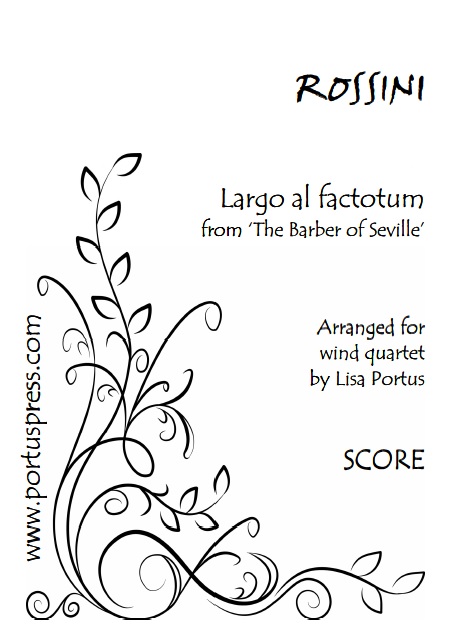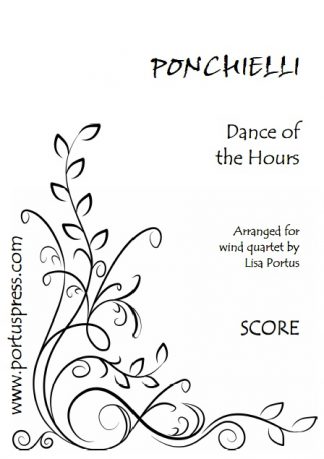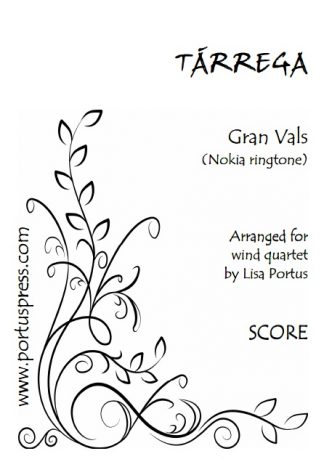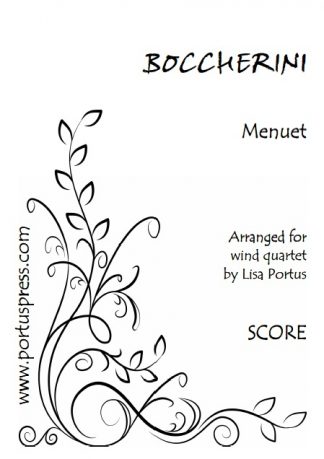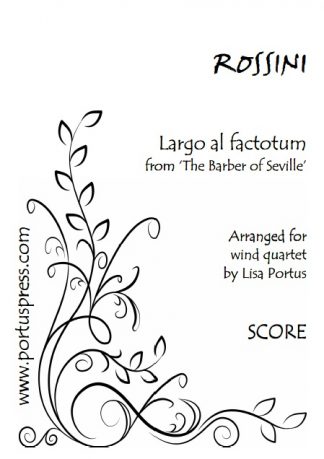Description
Despite being written some 30 years later, Rossini’s comic opera masterpiece The Barber of Seville (1816) is actually a ‘prequel’ to Mozart’s The Marriage of Figaro. They were both based on a trilogy of plays (Rossini’s on the first, and Mozart’s on the second) by Pierre Beaumarchais revolving around the escapades of the clever and enterprising central character.
Rossini completed the entire opera in just under three weeks, but its première was a disaster: one character tripped and had a prolonged nosebleed and a cat unwittingly also wandered onto the stage. Disheartened, Rossini stayed at home for the second performance only to be awoken by the audience’s rapturous applause and cheering. Its popularity has endured ever since.
The opera’s best known aria – and one of the most famous in the entire repertoire – is Largo al factotum (‘Make way for the servant who does everything’), sometimes also known as the Figaro aria. In making his entrance the title character, Figaro, sings his own praises and tells us how much he is in demand!
As an aria its tongue-twisting verbal gymnastics and considerable range make it notoriously difficult to perform – a real pièce de résistance. The players in this arrangement for wind quartet need to be no less nimble

